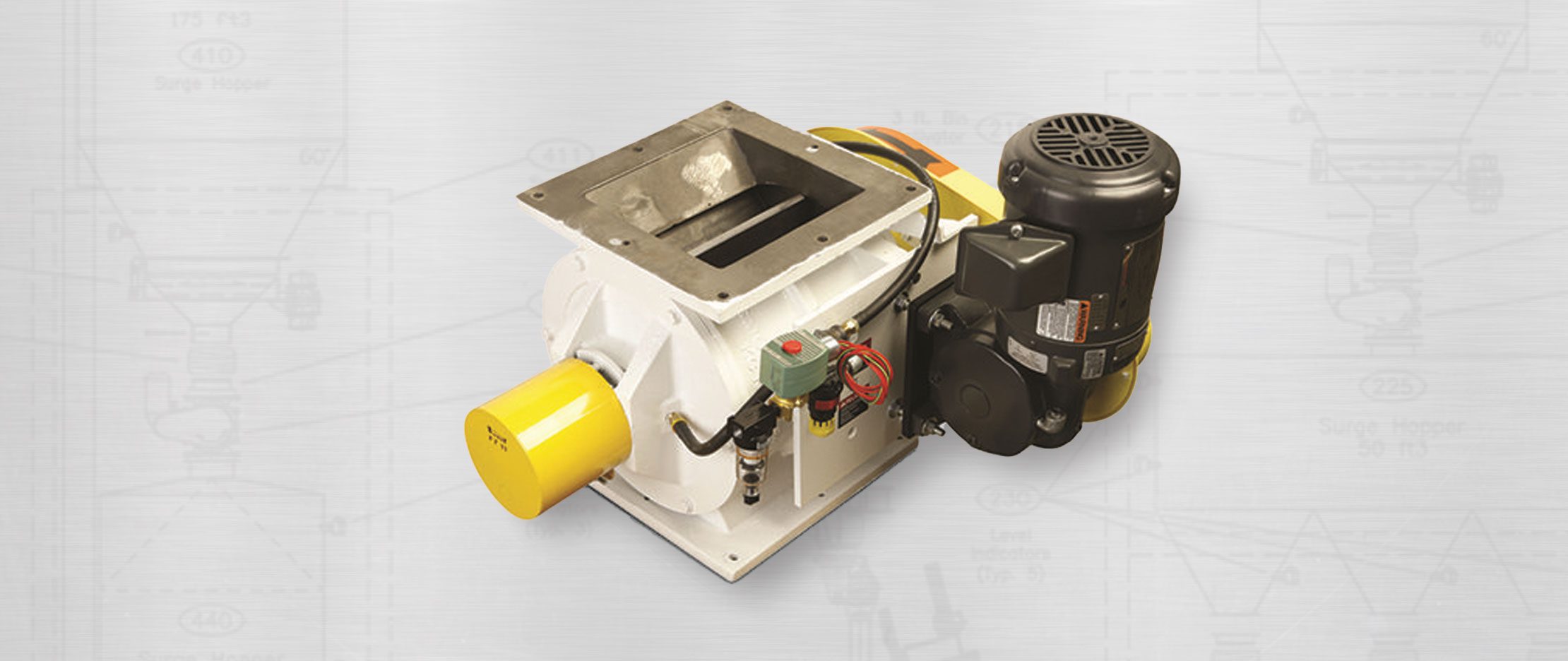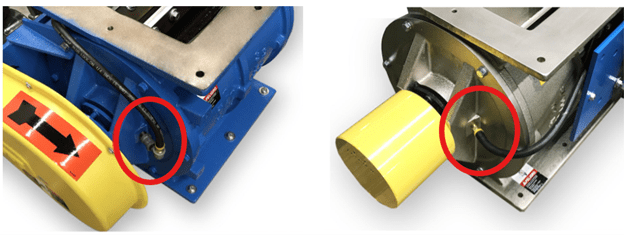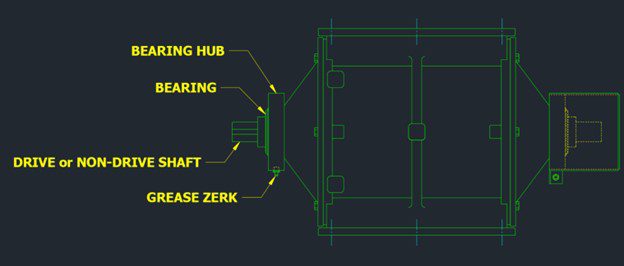
Manufacturing companies face the ongoing challenge of maintaining their systems and each part within those systems. One example is airlock maintenance, a crucial factor for ensuring your equipment's optimal performance and longevity. However, many myths about airlock maintenance can lead users to adopt misguided practices that may compromise system efficiency. Magnum Systems’ expert components team debunks some of the most common misconceptions regarding airlock maintenance.
Additionally, we will provide practical guidance and tips to help you maintain your airlocks effectively, safeguard your valves' functionality, and improve your equipment's overall performance. By understanding the facts and implementing best practices, you can significantly enhance the reliability and efficiency of your airlock systems.
Greasing Air Purge Ports and Bearings
One of the most common myths about airlock maintenance is that greasing the air purge port will enhance performance. Some mistakenly believe that adding grease to the port is beneficial for upkeep. The truth is quite the opposite. Applying grease will create a mess within the valve and often introduce grease into the product flow, leading to clogs and expensive downtime.
Magnum Systems’ rotary valve end plates are designed with a plugged port that is pre-drilled and tapped to accommodate a shaft air purge kit, which introduces compressed air around the rotor shaft seals, preventing product infiltration and extending seal life effectively. It is essential to remember that grease is not suitable for this application.
Shaft Air Purge Kit:

Another misconception is that the bearings in an airlock require regular greasing. This is untrue, as our equipment has sealed bearings that do not require greasing to function correctly. While some customers may request a grease zerk port for convenience, it is essential to note that lubrication is not a requirement for achieving optimal performance in these components.
Location of Grease Zerk on Airlock:

Even if you follow and uphold the standard tried and true maintenance practices, issues can and do occur. You are probably familiar with most of them, but we’ve outlined some of the most common problems and their related solutions:
The Problem: Your System Plugs Up
Potential Solutions:
The Problem: Excessive Grain Damage
Potential Solutions:
The Problem: Airlock Stops or Is Noisy
Potential Solutions:
The Bottom Line for Your Bottom Line
Understanding airlock maintenance can significantly reduce the likelihood of costly repairs and increase the durability of your equipment. By dispelling prevalent misconceptions and using trusted methods, you can ensure your airlock systems function smoothly and efficiently. Following best practices will also optimize operational performance and decrease unexpected downtime. Most importantly, separating maintenance fact from fiction will lead to long-term savings and more reliable performance from your airlock installations.
Magnum Systems podcast series, AIM!
RELATED POSTS
Troubleshooting a Conveying System? Chances are the Airlock is the Culprit
Maximizing Efficiency in Production Lines: The Role of Rotary Airlock Valves
How Can High-Quality Rotary Airlock Valves Elevate Your Production Line?
Related Post
Predictive Maintenance Part Three: Predicting the Future of Industrial Systems
Predictive Maintenance Part One: The Lifecycle Advantage for Maximizing ROI
Digital Transformation in Mining: The Systems Integrator’s Prospect